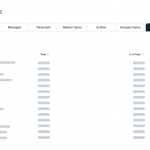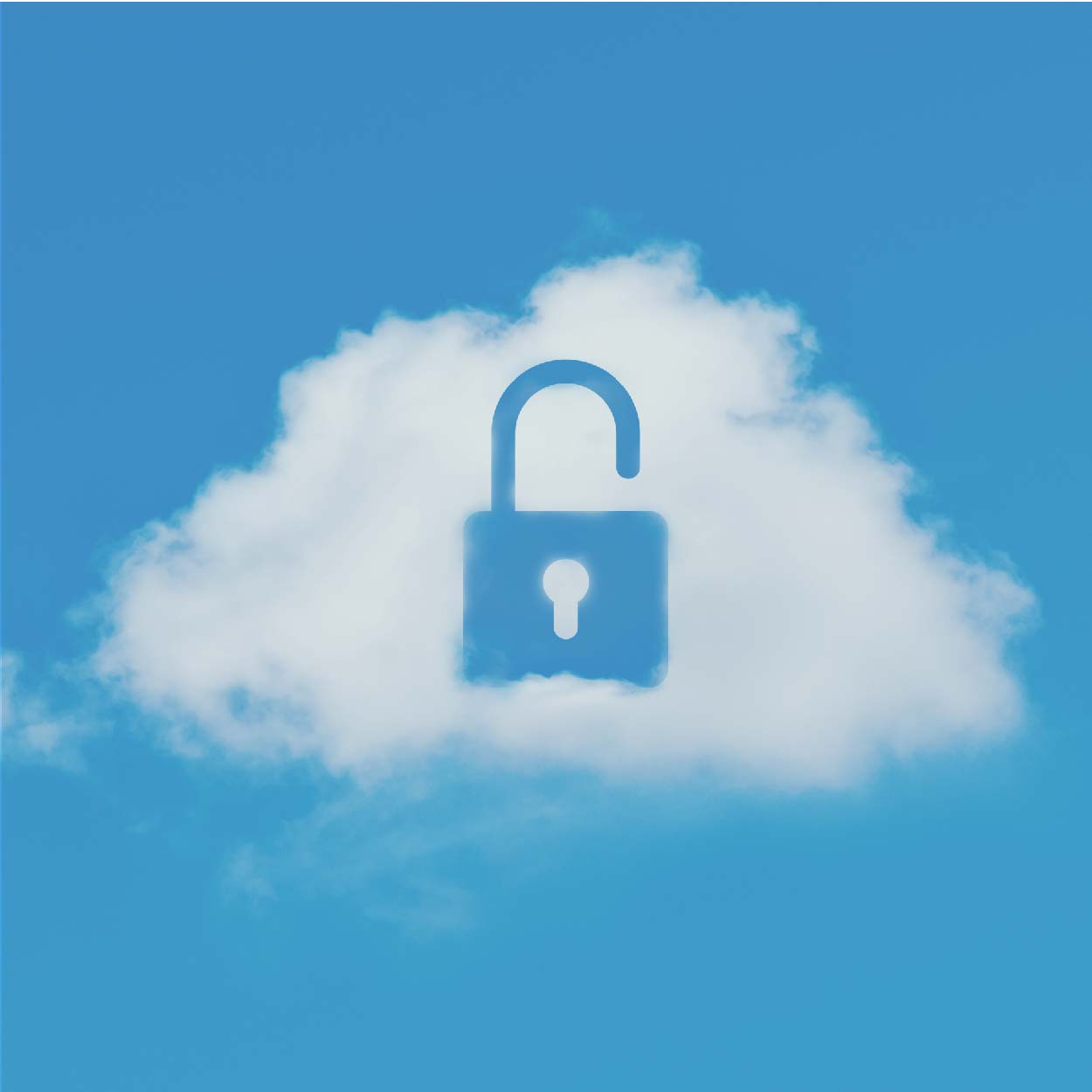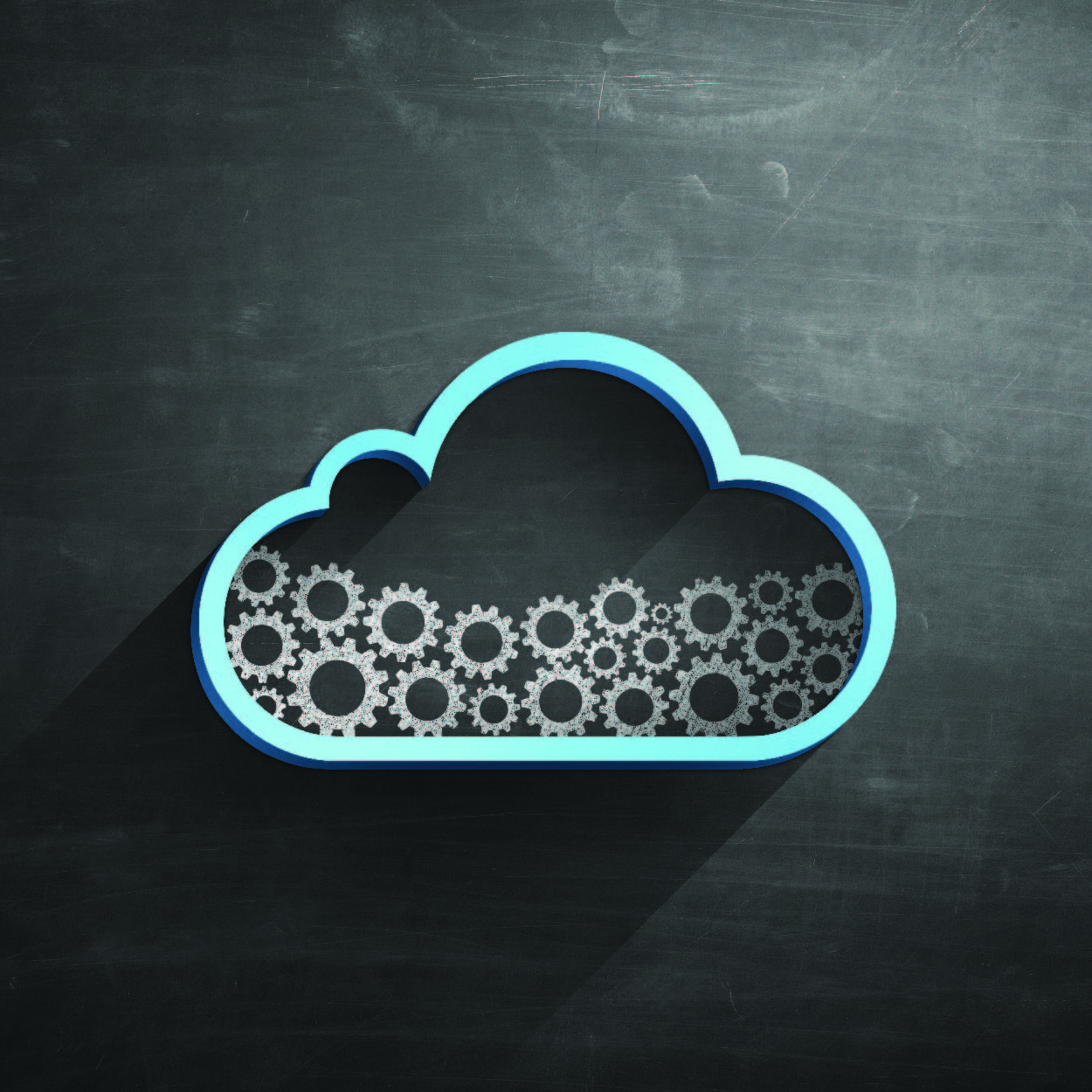How Much Is *Too Much* Downtime for a Cloud-Based Contact Center?
How Much Is *Too Much* Downtime for a Cloud-Based Contact Center?

There is no business strategy without a cloud strategy. The adoption and interest in public cloud continues unabated as organizations pursue a ‘cloud first’ policy for onboarding new workloads.” —Milind Govekar, Chief of Research at Gartner
One of the main benefits of cloud technology is that your application constantly improves. As a cloud customer, you get frequent new features, improvements, and bug fixes. These are incremental changes that are easy to learn and adopt. In a true-cloud environment, such updates happen without you even noticing them.
Unfortunately, that is not the case with fake-cloud solutions. The service-level agreements (SLAs) offered by different cloud-based contact center workforce optimization (WFO)/workforce engagement management (WEM)/ workforce performance suites vary widely.
Some vendors, in fact, schedule an intolerable amount of planned downtime on a daily or weekly basis. That maintenance causes disruptions that can jeopardize your cloud-based customer service operations, your customer experiences, and your business.
The hard-dollar costs of downtime to your business can be astronomical. In fact, Calabrio partner UJET estimated a single hour of downtime can cost a large, 24/7 contact center nearly half a million dollars in lost revenue!
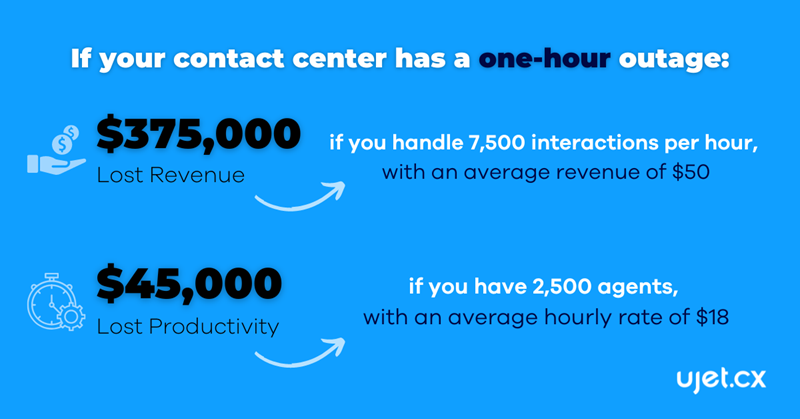
If that estimate isn’t alarming enough on its own, don’t forget it doesn’t consider the potential harm to your company’s customer satisfaction scores and brand reputation—things that can be extremely difficult to repair once damaged.
That’s because customers don’t care why downtime occurs. They just know, when it happens, that they aren’t receiving the level of customer service they need. And they might take their business elsewhere because of it. Fact: over 50% of customers will leave brands after two negative service experiences.
It’s important to minimize how much downtime negatively impacts your customer experience (CX).
Here are two ways to do it.
1. Choose only vendors with SLAs that prove their ongoing commitment to your CX
First, scrutinize the amount of downtime outlined in the SLAs for all the contact center technology tools you use today—and all those you consider buying in the future.
You want SLAs that accurately communicate far in advance any maintenance that will be done to your cloud-based tools that could disrupt your contact center operations. In our experience, an acceptable SLA for a workforce performance suite might look something like this:
- Continuous maintenance for weekly updates, without any downtime. Any planned downtime is minimized to a single window per quarter.
- Why is it optimal? This approach is less disruptive on a regular basis but still ensures ongoing launch of new features and platform improvements. Equally it is easier to plan around a confined period of time, rather than a prolonged one.
An unacceptable—i.e., excessive SLA, on the other hand, might look like this:
- Mandatory 5 x 1-hour scheduled maintenance windows per week where the system is not accessible. Such a schedule totals 60 hours a quarter!
- Why is it unacceptable? This approach causes continuous periods of disruption to operational productivity and product value.
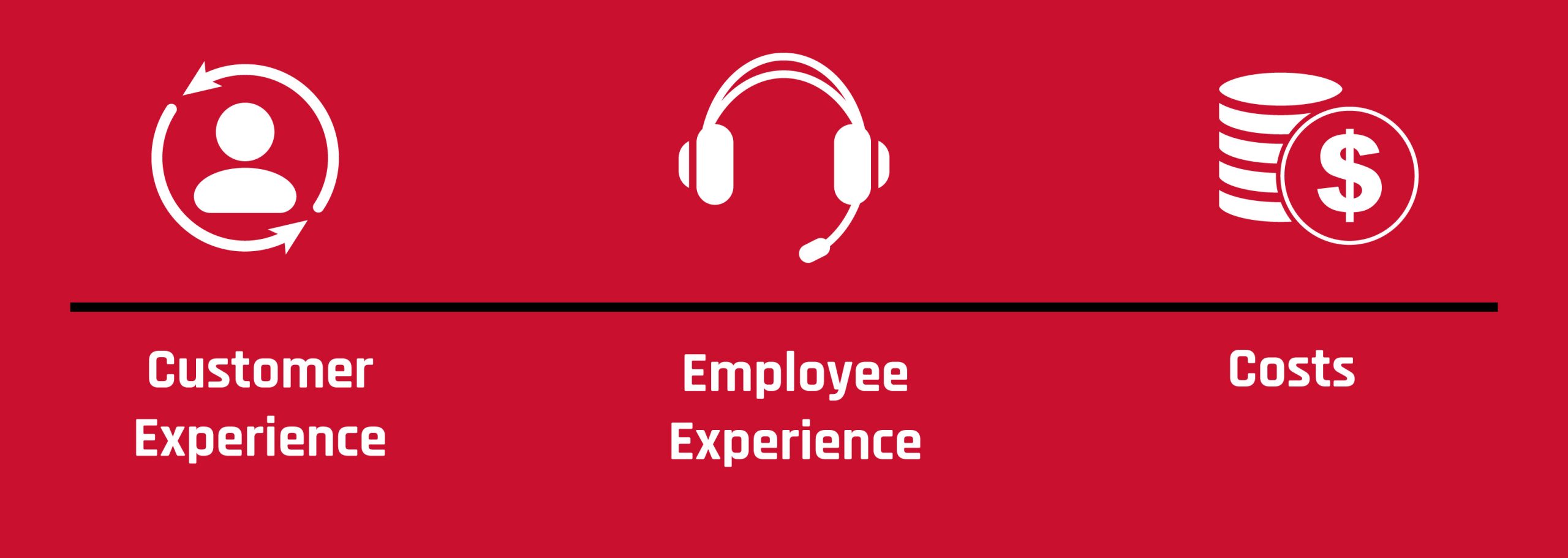
Now, if “excessive” seems like a strong word to you, remember that contact centers aiming to deliver the best in CX constantly prioritize these three elements:
- Customer experience
- Employee experience
- Costs
And excessive, unacceptable SLAs can negatively impact all three of these elements in big ways.
That’s why Calabrio’s SLA to customers, for example, makes the scheduled maintenance as infrequent as possible. Working to only one 8-hour period of scheduled downtime per quarter helps our customers plan far in advance for these one-offs.
It’s a frequency and approach that clearly works for our platform, as customers consistently rank our customer service and responsiveness to be among the best out there. For example:
- Customers on G2 rank Calabrio a leader in Contact Center Workforce | Read the reviews
- Nearly 90% of customers surveyed by TechValidate who used NICE or Verint prior to Calabrio agreed Calabrio is quicker to react when they need us
- Calabrio’s cloud customers continue to generate massive business benefits, with less frequent, less disruptive downtime
But your vetting doesn’t stop there.

2. Make sure you choose true-cloud WFO suites that minimize overall downtime
You also want to find out if the vendor you’re using or considering provides a true-cloud—not a fake cloud—WFO suite. Asking these questions will help:
- How often do you provide updates and new functionality?
- Will I experience downtime when you update my tenant?
- In my tenant, will my data be totally isolated from other tenants?
- Will I have downtime when you update other customers in your cloud?
- How often do you update your security tools?
- How quickly did you fully remediate your customers when the Log4J vulnerability was announced?
- What happens if the SLA you give me is not met?
- Is there a single user interface for your WFO/WFM suite?
To take advantage of all the benefits promised by deploying tech via the cloud, it’s important for vendors to routinely maintain and upgrade your cloud-based contact center technology. But the two tips above mean you minimize how much they negatively impact on your CX and employee experience—and how much they cost your operations.
Ready to learn how to achieve more and regret less with your choice of cloud solution? Visit our True-Cloud, Enterprise-Grade WFO webpage or contact a member of our sales team.



